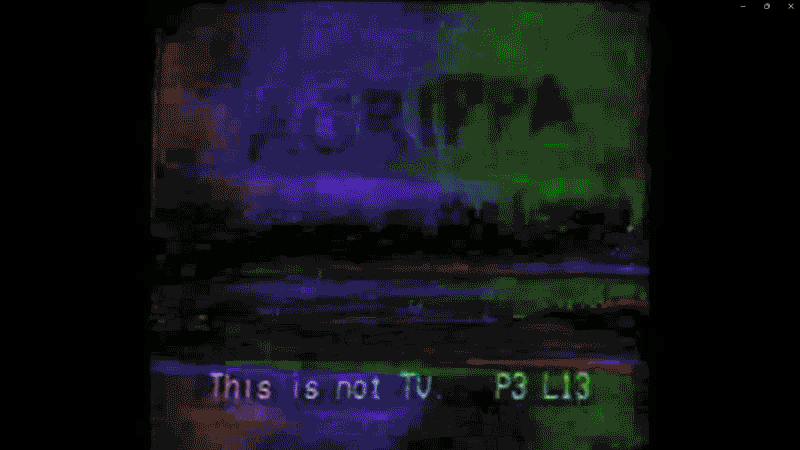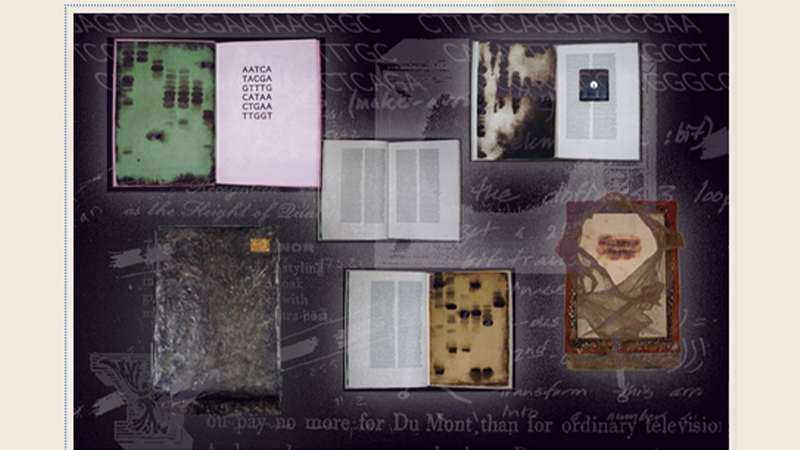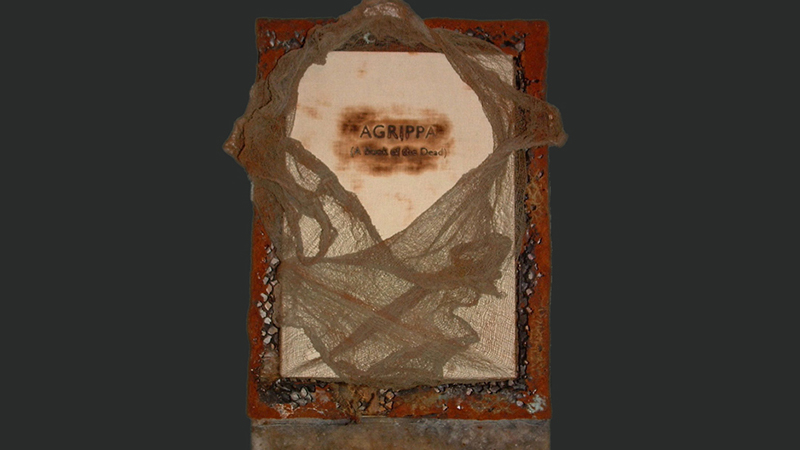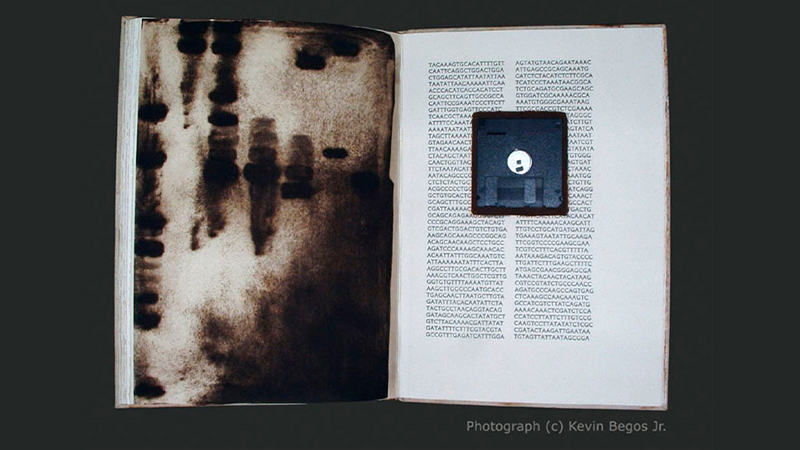"The Agrippa Files: An Online Archive of Agrippa (a book of the dead)" is a project that reveals the ways in which, "[l]iving in an information age, it is all too easy to take for granted not only the profusion of data that surrounds us but the systems for exploring, expanding and retrieving it. Indeed, it is the ability to navigate multiple streams of data that defines an emerging class of experts in the digital age. Ultimately, despite its much-touted obsolescence, it would be possible to imagine that nearly all data of any real significance must retrievable somewhere, somehow by anyone with the right combination of technology and determination.
What then, are we to make of a project like Agrippa (a book of the dead), an art book that was created in 1992 by novelist William Gibson, artist Dennis Ashbaugh and publisher Kevin Begos, in order to deliberately confound the cultural imperative to preserve both art and digital culture? Agrippa's creators dreamed of creating an object that would elude the best intentions of both archivists and historians, using fading images and an encryption scheme that would destroy lines of a digitally generated poem as soon as they were read. Ironically, creating an object that ensured its own self-destruction proved to be somewhat more difficult than expected, leaving nearly 100 of the books in various states of preservation. Perhaps the most ambitious attempt to collect and analyze Agrippa was undertaken by the Transcriptions Project, a group of researchers at U.C. Santa Barbara. Their resulting online archive, The Agrippa Files, brings together a vast array of information about the book, along with a profusion of surrounding documentation that is part of its legacy.
What makes The Agrippa Files a remarkable work of digital scholarship is the sophistication with which it pursues the notion of a concrete object at the center of its investigation. Far from simply fetishizing the book and its notoriety, The Transcriptions group explores ways of making Agrippa available to the world as both a concept and a physical object, presenting, for example, simulations of Ashbaugh's largely unsuccessful attempt at inserting disappearing images in the book. Likewise, the text of Gibson's auto-encrypting poem is notably absent from the project, apparently as a result of rights issues, but coincidentally offering an allegory for the impossibility of retrieving the thing itself." – Vectors Journal Editorial Staff
1 COPY IN THE NEXT
Published in Fall, 2006 by Vectors in Volume 2, Issue 1.
This copy was given to the Electronic Literature Lab by Erik Loyer in November of 2021.
PUBLICATION TYPE
Online Journal
COPY MEDIA FORMAT
Web



